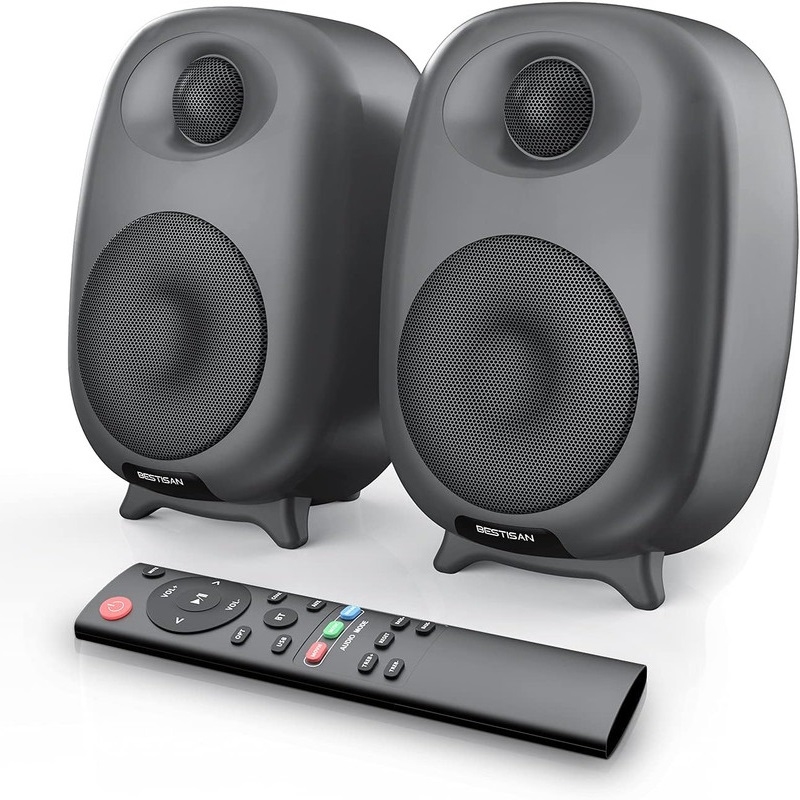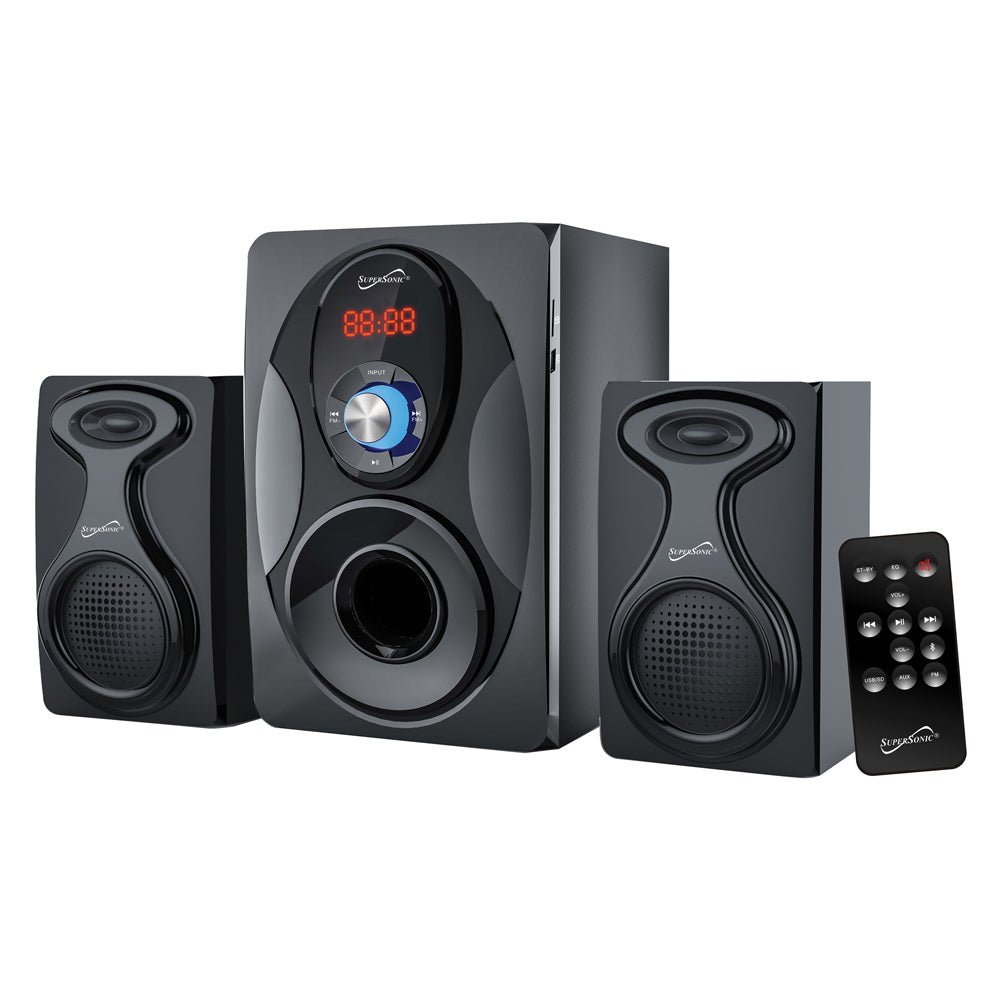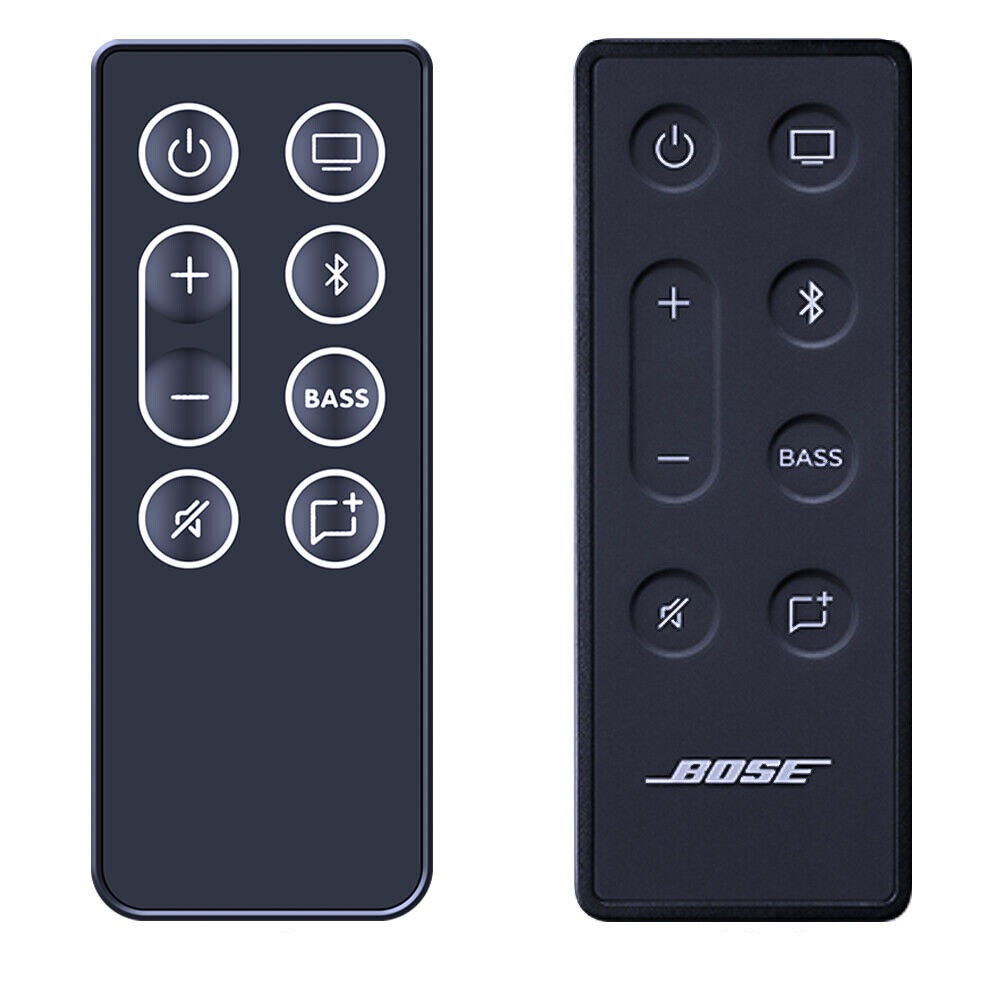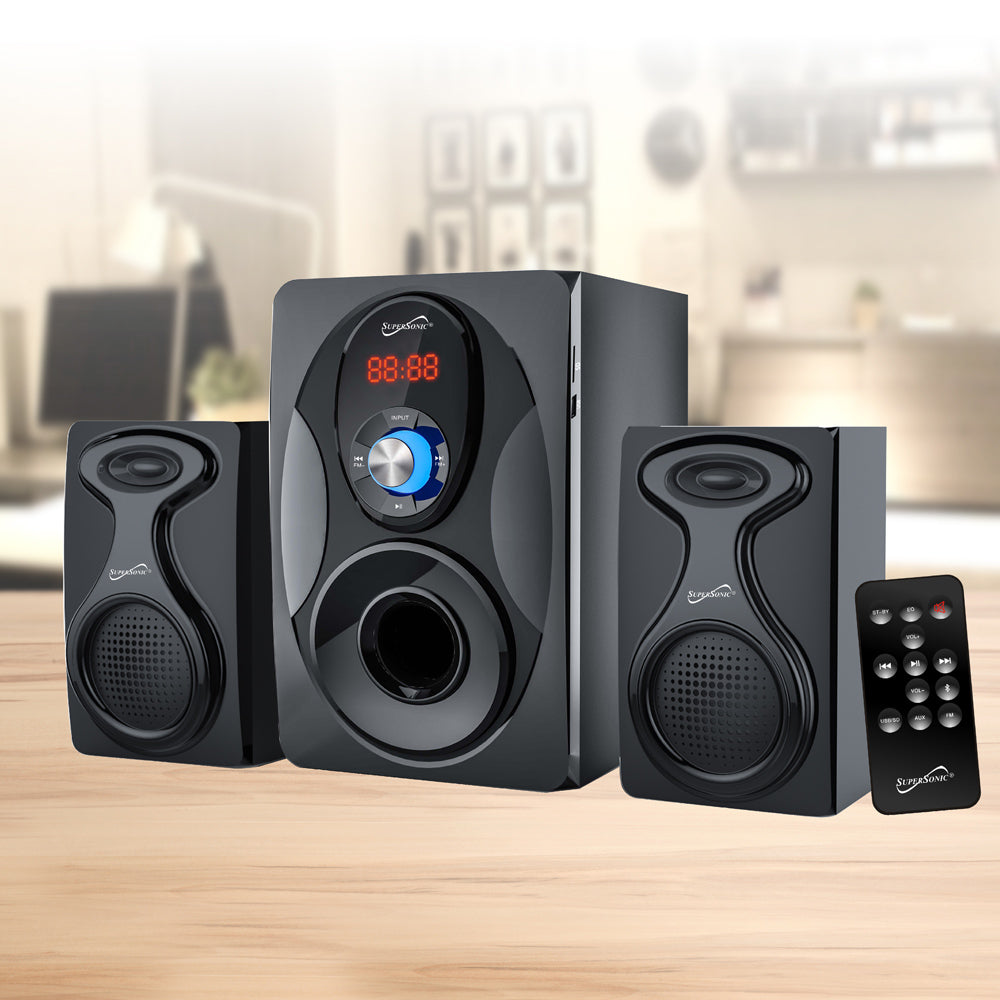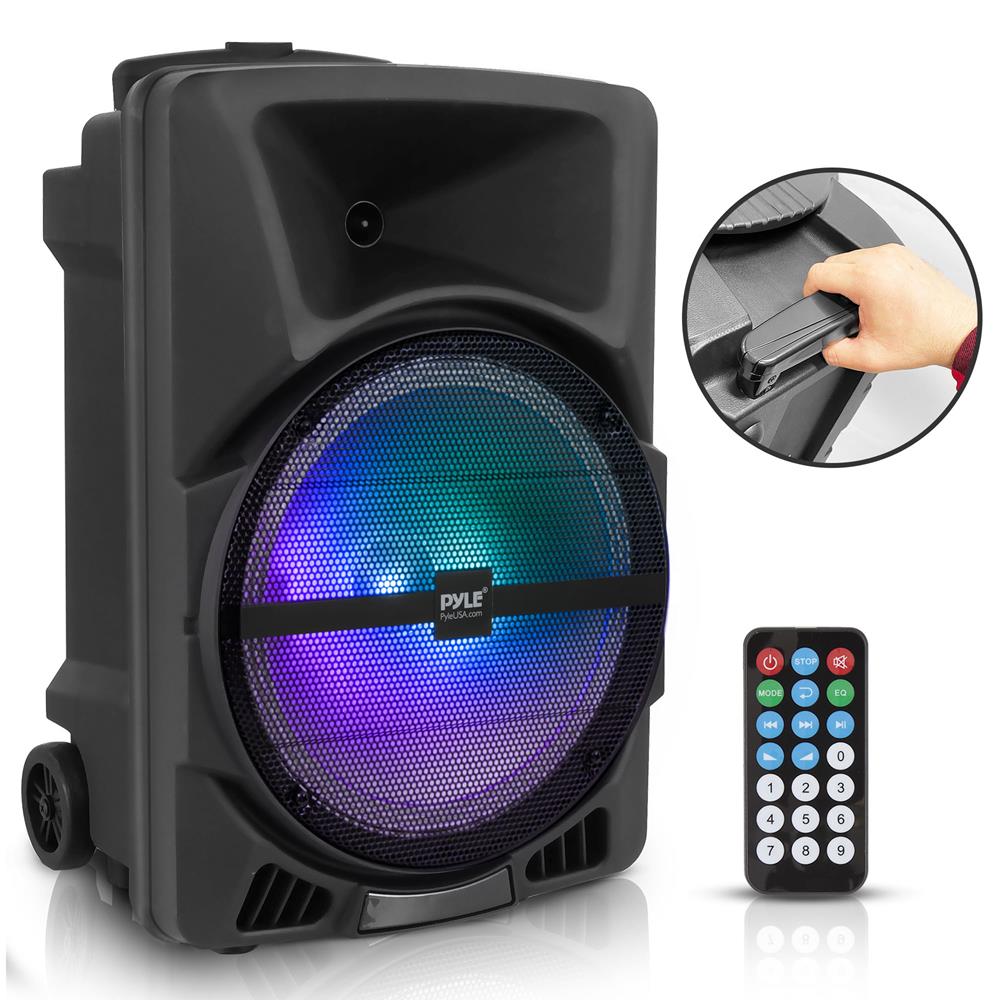Introduction to Remote Control Speakers
In today’s fast-paced world, convenience is king. Whether you’re hosting a party, having a quiet dinner, or just enjoying some personal downtime, music plays a crucial role in setting the mood. Enter remote control for speakers: a game-changer in how we interact with our audio systems. With remote control functionality, users can easily manage their speakers from a distance, providing a seamless listening experience.
Remote control technology has evolved significantly. Once a luxury, it is now a common feature in many speaker systems. With a simple click, you can adjust the volume, change tracks, or even switch between different audio sources. This ease of use is a big part of why remote control speakers have gained popularity. They remove the need for cumbersome manual adjustments, allowing you to focus on enjoying the music.
Remote control speakers are especially popular in home theater systems. Imagine a movie night where you can manage everything from your seat. Whether you’re raising the volume during an intense scene or muting the sound when the phone rings, remote control makes everything smoother. You can even sync the remote with various devices, streamlining your setup further.
Advantages of Using Remote Control for Speakers
Convenience and Comfort
One of the primary benefits of using remote control for speakers is convenience. You can control your audio experience from anywhere within the room, or sometimes even from outside. If you’re in the kitchen preparing snacks during a movie night, you can adjust the speaker without putting down your utensils. This level of convenience is essential in a world where multitasking has become the norm.
Imagine hosting a gathering. Guests may be situated far from the speaker, making it challenging for them to adjust the sound. With a remote, anyone can easily control the audio, enhancing the overall experience. This feature not only keeps the flow of the event but also allows everyone to feel included. Music can help set the tone of the gathering, so getting it right is crucial.
Moreover, remote control functionality often includes additional features such as equalizer settings and source selection. This means you can customize your audio experience on the fly, without the hassle of getting up every time you want to make a change. The ability to switch seamlessly between your favorite playlists, streaming services, or even live TV makes it that much easier to enjoy your content.
Enhanced User Experience
Another advantage of having remote control for your speakers is the enhanced user experience. Most remote controls are designed with user-friendliness in mind. They typically have straightforward layouts, labeled buttons, and intuitive designs. Many remotes even have customizable buttons, allowing you to set them based on your preferences.
Some remote controls come with backlighting options. This makes it easier to find the right button even in dim lighting. Whether you’re watching a movie in the dark or looking to adjust the volume in a quiet room, this feature adds functionality. Not only does this enhance usability, but it also elevates the overall audio experience.
The technology behind remote controls has also significantly improved. Many modern speakers come equipped with Bluetooth or Wi-Fi capabilities. This makes it easy to connect your smartphone or tablet as a remote control. You can use dedicated apps that allow you to take control of your audio setup, increasing flexibility. This means you don’t have to keep track of an extra remote; your smartphone becomes your universal remote.
Choosing the Right Remote Control for Your Speakers
Compatibility
When venturing into the world of remote control speakers, compatibility should be your first consideration. Not all remotes work with every speaker system. Before making a purchase, check that the remote is designed for your specific speaker model. Many manufacturers provide universal remotes that can operate multiple devices, but you’ll still want to confirm compatibility.
Keep in mind that some premium speakers come with proprietary remotes. These remotes may offer more specialized functions that can enhance your experience. For example, a remote designed for a home theater system might have buttons specifically tailored for movie playback, such as pause, rewind, or even sound mode changes. If you’re choosing a universal remote, ensure it supports all the functionalities that your speaker can offer.
Another consideration is wireless technology. Most modern remotes use either infrared or radio frequency. Infrared remotes require a clear line of sight to function optimally. In contrast, radio frequency remotes can work through walls and furniture, providing greater flexibility. Depending on your setup, you may prefer one type over the other.
Range and Responsiveness
The range of a remote can significantly affect your audio experience. A good remote should allow you to control your speakers from anywhere within the room. Consider the size of your space. For large rooms, you may need a remote that can operate effectively over longer distances.
Responsiveness is equally important. A remote that lags can be frustrating, especially when you’re in the middle of a song or a movie. Choose a remote that responds quickly to your commands. Many high-quality remotes have a rapid response time, making your audio adjustments feel seamless. It’s an investment that can greatly improve your overall experience.
Additionally, look for remotes with programmable functions. Many modern remotes allow you to assign specific actions to buttons. For instance, you could program one button to play, pause, or skip tracks, streamlining your usage. This is especially handy if you often listen to the same playlists. Being able to customize the remote’s functions based on your habits will make your audio experience even more enjoyable.
Features to Look For in a Remote-Controlled Speaker
Multiple Input Options
When choosing remote-controlled speakers, one of the features you should focus on is the variety of input options. Modern speakers typically support multiple input types, including Bluetooth, Wi-Fi, and traditional auxiliary connections. This flexibility allows you to connect a range of devices, from smartphones and tablets to laptops and game consoles.
Having multiple connectivity options simplifies your audio experience. Think about how you usually listen to music or watch movies. Do you primarily stream from a specific service? Or do you mix it up with various devices? In either case, a speaker that offers flexible input options can make things much easier. You won’t have to worry about compatibility issues when using different sources.
In addition, check if the speaker supports HDMI ARC (Audio Return Channel) if you’re planning to use it in a home theater setup. HDMI ARC makes it easy to connect and control multiple devices through one cable. This advanced feature can significantly reduce the clutter of wires and improve sound quality, ensuring that your audio experience remains impeccable.
Sound Quality and Performance
Sound quality should be at the top of your list when choosing remote control speakers. It’s essential to ensure your speakers deliver a clear, dynamic, and balanced audio experience. The quality of the sound can make or break your enjoyment.
Look for speakers that have a good frequency response. This indicates how well the speaker can reproduce lows, mids, and highs. A speaker with a wide frequency range can deliver richer sound. You may want to read reviews or try out speakers in-store to assess their quality before making a purchase.
The wattage of the speakers also plays a crucial role in performance. Higher wattage typically means louder sound, which is essential if you’re planning to use the speakers for larger gatherings or outdoor events. However, be careful not to solely focus on wattage; sound clarity is equally important. You want speakers that can play loudly without distorting the audio quality.
Lastly, consider additional sound-enhancing features like bass boost and surround sound capabilities. These options can enrich your audio experience, especially if you’re an audiophile or enjoy immersive movie nights. A speaker with customizable sound modes allows you to tailor the experience to your exact preferences.
Setting Up Remote Control Speakers
Step-by-Step Guide
Setting up your remote control speakers doesn’t have to be complicated. Follow these steps for an easy, successful installation.
- Unpack and Inspect: Begin by carefully unpacking your new speakers. Check all components and cables to ensure everything is present and undamaged.
- Positioning: Find the ideal location for your speakers. Avoid placing them in corners or enclosed spaces, as this can affect sound quality. Aim for a central position within the room to maximize audio distribution.
- Connect Power: Plug your speakers into a power source. Ensure the outlet is easily accessible for troubleshooting later.
- Connect Inputs: Depending on your setup, connect your audio source. This might involve plugging in an auxiliary cable, setting up Bluetooth, or connecting through HDMI ARC.
- Pair the Remote: If your remote requires pairing, follow the manufacturer’s instructions. This usually involves pressing a specific button on the remote and speaker simultaneously.
- Test Functionality: Once everything is connected, turn on your speaker and test the remote. Check that all buttons respond correctly, and make adjustments accordingly.
Following these steps will help ensure your remote control speakers are set up efficiently, maximizing your audio experience right from the get-go.
Troubleshooting Common Issues
While setting up is usually straightforward, you may encounter some common issues. Here are tips to troubleshoot effectively:
- Unresponsive Remote: If your remote doesn’t respond, first check the batteries. Replace them if necessary. Also, ensure that there are no obstructions between the remote and the speaker.
- No Sound: If you hear no sound, check all connections. Ensure that the device you’re using to stream audio is properly connected to the speakers. Additionally, verify that the correct input source is selected.
- Connectivity Problems: Bluetooth connections can sometimes be finicky. If you’re having trouble, try resetting both the speaker and the device you’re connecting. This often resolves any minor software glitches.
- Poor Sound Quality: If the sound quality is not up to par, check the position of your speakers. They should be positioned for optimal acoustics. You might also look into adjusting the equalizer settings via the remote or app.
By following these troubleshooting tips, you’ll be able to resolve most issues quickly, allowing you to get back to enjoying your favorite music or movies.
Future Trends in Remote-Controlled Speakers
Technology Advancements
The world of remote-controlled speakers is continually evolving. Emerging technologies are enhancing user experience and audio quality. One such trend is the rise of voice-activated remote controls. These require no physical interaction, allowing you to control your speaker setup using simply your voice. Imagine asking your speaker to change the song or adjust the volume while you relax on the couch.
Additionally, smart home integration is becoming increasingly common. Many new speakers are compatible with smart home systems, allowing for streamlined control within your home’s ecosystem. You could set up scenes that automatically adjust lighting and sound for specific moments. This innovation not only enhances convenience but also adds a layer of sophistication to your audio setup.
Sustainability and Eco-Friendliness
As consumers become more environmentally aware, manufacturers are integrating sustainability into their designs. Expect to see remote-controlled speakers made from eco-friendly materials and energy-efficient technology. Using less energy not only benefits the planet but can also reduce your electricity bill in the long run.
Moreover, features such as auto-power-off will become more common. This feature turns off the speakers after a period of inactivity, conserving energy. Also, producers might focus on recyclable packaging and components, making it easier for consumers to dispose of products responsibly.
Conclusion: The New Era of Audio Management
In conclusion, the introduction of remote control for speakers represents a significant advancement in how we experience audio. These innovations deliver convenience, enhanced user experiences, and satisfy modern demands for flexibility. Remote-controlled speakers are not just about enhancing sound—they’re about improving the overall experience of enjoying music, movies, and more.
With varied options available in terms of features, technology, and design, selecting the right remote-controlled speaker has never been easier. As technology continues to evolve, we can expect even more exciting developments in this field. From voice-activated functions to eco-friendly designs, the future of audio management is bright.
So, whether you’re a casual listener or an audiophile, remote control speakers are undoubtedly a worthwhile investment. Embrace the convenience today and elevate your audio experience to new heights!

